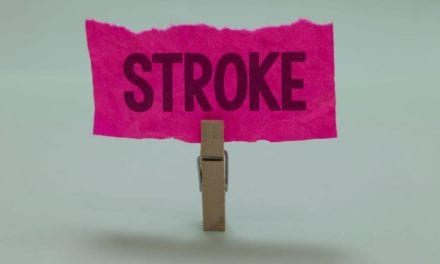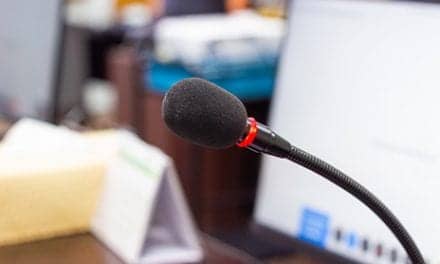Stimulating the spinal cord through the skin via a magnetic device placed at the lumbar spine may help people with spinal cord injuries to recover significant bladder control for up to 4 weeks without relying on a catheter, UCLA researchers suggest.
The study, published recently in Scientific Reports, included five men with spinal cord injuries.
According to a questionnaire the participants completed before and after the study, the treatment helped improve the men’s quality of life by an average of 60%.
If the technique is replicable on other people, it could help reduce the social stigma and health risks linked to frequent catheter use, the researchers further suggest, in a media release from University of California – Los Angeles Health Sciences.
“We were excited to see a positive effect in all five patients after only four sessions of mild magnetic stimulation,” says Dr Daniel Lu, the study’s principal investigator and an associate professor of neurosurgery at the David Geffen School of Medicine at UCLA, in the release. “The benefit persisted from 2 to 4 weeks, suggesting that the spinal cord’s neural circuitry retains a ‘memory’ of the treatment.”
In the study, Lu and his colleagues applied magnetic stimulation to the participants’ spinal cord to access the cellular machinery controlling urination. Doctors previously have used the same approach with the brain to improve nerve cell function for conditions ranging from depression to migraine.
“Most spinal cord injuries are not anatomically complete; the spinal cord retains a weak, residual connection with the brain,” Lu adds. “We are restoring bladder function by amplifying these faint signals and enhancing the spinal circuits’ ability to respond to them.”
Each participant underwent 15 minutes of weekly stimulation for 4 months. At first, the scientists saw no results. But after four sessions, the men began to experience measurable improvement, the release continues.
“All five of the men regained the ability to urinate on their own during stimulation,” Lu states. “In one case, the patient was able to completely stop using a catheter and empty his bladder several times a day, up to 4 weeks after his last treatment.”
The ability to urinate at will improved in each patient. Four of the men still had to use a catheter at least once a day, however.
The patients’ average bladder capacity increased from 244 millimeters to 404 millimeters, and the volume of urine they produced voluntarily rose from 0 to 1120 cubic centimeters per day.
Lu’s laboratory plans to evaluate the approach with a larger number of men and women in a second study to gain a deeper understanding of how magnetic stimulation alters neural activity in the spinal cord. His team will also explore whether different stimulation patterns improve responses in patients who didn’t benefit to the same degree as others in the study.
The magnetic stimulation device is FDA-approved for use in humans; however, its application for bladder rehabilitation is experimental, the release concludes.
[Source(s): University of California – Los Angeles Health Sciences, Science Daily]





